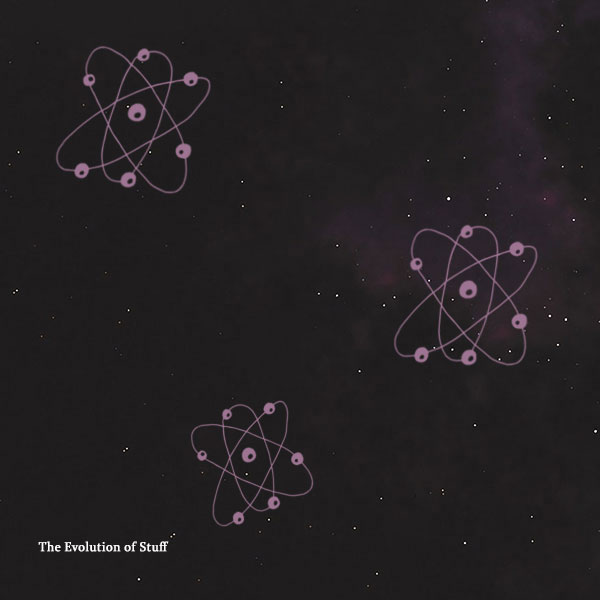The universe. It’s quite big and old. Current estimates are 13.7 billion years old.
At the time of writing, this is potentially being challenged with new imagery and evidence coming primarily from the James Webb telescope. For now, let’s continue with the current widely held theory of the big bang, and that it is 13.7 billion years old approximately. Once new evidence comes to light, the entire timeline will likely change, because really, we know hardly anything about the origin of the universe, but let’s try.
Beginning of the universe
The universe began as something the size of an atom or smaller. Richard Feynman explained the size of an atom: imagine an apple as the size of the earth, each atom in the apple is the size of the original apple. Pretty tiny. It isn’t known where or how or why this was there in the first place. Let us focus on what has been discovered so far with this theory.
First few seconds of the universe
Within the first few seconds of the initial big bang, the subatomic world born into being, the very building blocks of everything in existence today, visible to us or not. Compared to our day to day lives as we experience it, the subatomic world is tiny and has behaviours we are not familiar with in the world of matter. This world is made up of quarks, leptons and bosons, which include the more familiar terms: electrons, protons, neutrons, and photons. The electromagnetic force we are familiar with controls the relations between electrons and protons. The first seconds of the universe was dramatic, hot, full of pressure and violent with matter and anti-matter annihilating each other creating huge amounts of energy.
Atoms evolved after the events of the first few seconds of the big bang. The force of expansion, one of the fundamental forces in the universe arises from the big bang moment, starting with the initial ‘bang’ and continuing to expand the universe today. This force along with gravity, have shaped the universe and created what we see today.
First 300,000 years of the universe
After approx. 300,000 years the universe begins to cool to 4,000 degrees Celsius, and the force of expansion continues. This cooled the universe enough for the subatomic particles to do their thing: protons capturing electrons to create electrically neutral atoms. Photons could now travel freely through the universe at the cosmic speed of light.
The hydrogen atom – the first atom
The hydrogen atom is the first to evolve, and the first element on the periodic table. The most abundant element in the universe and for the most common isotope of hydrogen, each atom has one proton and one electron with no neutrons. The world of atoms begins.
Hydrogen atoms fuse together to form helium, the second element on the periodic table. Helium contains two protons and two electrons and were present in the early universe. Early universe was simple, empty space with clouds of hydrogen and helium and an immense amount of energy. These basic building blocks of the subatomic world and atoms have rearranged themselves over the last 13 billion years to form everything in existence, everything we can see and detect and everything we cannot. They constantly form and then dissipate, only to then repeat this process. This is the basis of the concept that nothing in the universe is created or destroyed. All the building blocks are there, and they just rearrange themselves in different forms to create increasing levels of complexity and then break down again.
Evolution of the first atoms seems kind of small compared to the things that are about to come after that. However it lays the foundation for the building blocks of everything we know today.





